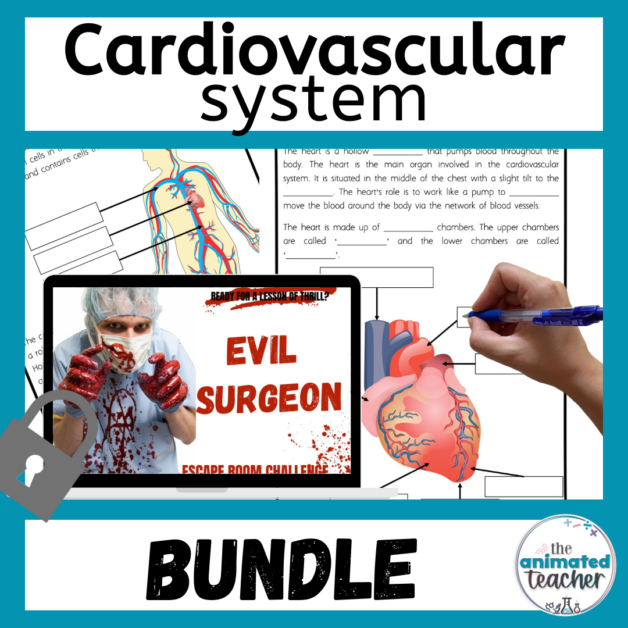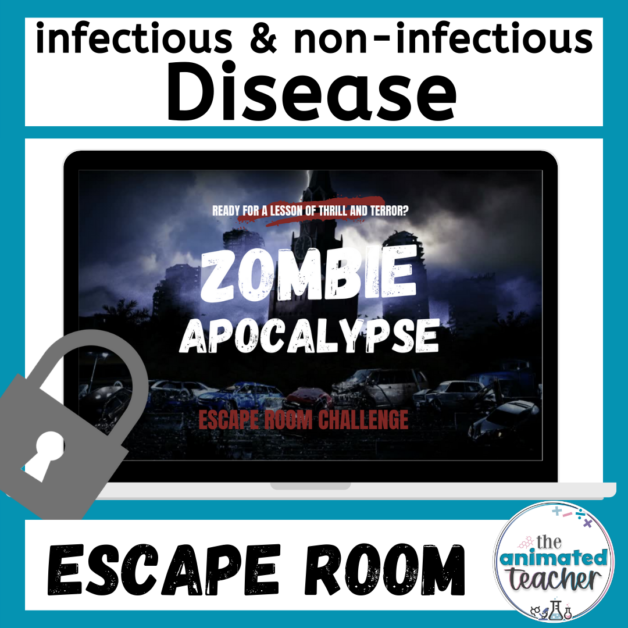
6 ways to use positive reinforcement for students
6 ways to use positive reinforcement for students
As teachers, we all want our students to make good choices and engage in positive behavior. But, let’s face it, getting students to do the right thing can sometimes be a challenge. So, how can we encourage our students to make the right choices and engage in positive behavior? The answer is simple: positive reinforcement for students.
Positive reinforcement for students is a powerful tool that can be used to shape student behavior and encourage good choices. It involves rewarding desired behaviors with positive attention, recognition, or tangible rewards. When students receive positive reinforcement for their good behavior, they are more likely to repeat that behavior in the future.
So grab a coffee, sit back and relax while I give you 6 ways you can use positive reinforcement for students in your classroom to encourage good behavior.

Disclaimer: This blog post, ‘6 ways to use positive reinforcement for students’, may contain affiliate links. This means I may receive a small commission on qualifying purchases. This is of no extra cost to you and it helps me to continue writing awesome content for you! Read full disclaimer here. common teacher fearsNew Science Teacher Advice
This blog post is written in two parts, the first by Katrina Harte, The Animated Teacher, and the second by guest blog writer Rachel Peach.
6 ways to use positive reinforcement for students
1. Verbal praise
Verbal praise is one of the simplest and most effective forms of positive reinforcement for students.
Simply acknowledging and complimenting students for their good behavior can go a long way in shaping their behavior. This is particularly true for students whose love language is words of affirmation. Read more about student ‘love languages’ here.
2. Classroom rewards
You can establish a system of rewards for positive behavior, such as a prize box or a special privilege. For example, students who exhibit good behavior throughout the week might earn the privilege of sitting in a special chair or getting a special treat.
3. Public recognition
Public recognition, such as posting student work or announcing a student’s name in front of the class, can be a powerful form of positive reinforcement. It gives students a sense of pride and can be a great motivator for good behavior.
Which type of positive reinforcement do you use with your students? pic.twitter.com/3HTpHTsfXV
— Caroline Heaslett (@CHeaslett) February 9, 2023
4. Written praise
Written praise, such as a note or a certificate, can be a tangible form of positive reinforcement for students that they can keep and look back on later. It can also be a great motivator for good behavior.
5. Personalized reinforcement
Personalized reinforcement, such as a one-on-one conversation or a special activity, can be a powerful form of positive reinforcement for students. It shows them that you are taking the time to recognize their individual efforts and achievements.
6. Group rewards
Group rewards, such as a class party or a field trip, can be a powerful form of positive reinforcement for students.
It gives them a sense of pride and camaraderie and encourages good behavior through peer pressure.
While I wouldn’t usually promote peer pressure, what you will actually observe is students holding each other accountable for their actions. This is often more powerful than a teacher holding a student accountable as their peers generally hold a lot more weight.
It’s important to note that positive reinforcement should not be used as a bribe or a threat. When used properly, positive reinforcement is a powerful tool for shaping student behavior and encouraging good choices. However, when used as a bribe or a threat, it can have negative consequences and can actually decrease desired behavior.
BUT WAIT! There’s more!
Here are some super helpful thoughts on how to encourage students to do the right thing by my very gifted colleague, Rachel Peach.
Just do the right thing!
By Rachel Peach
Three students drifted in late to class. Issue some demerits.
Bringing History books to Science. A reminder about organisation.
Laptops not charged … again. A couple more demerits.
Students gazing out of the window. A 5 minute lecture on the importance of focus.
Random talk about the weekend. Redirect. Random talk. Redirect. Random talking again.
Why don’t students just do the right thing?
Why does anybody do the right thing?
Motivation is a complex topic which, put simply, can be described as either intrinsic or extrinsic.
The intrinsically motivated student finds joy in learning, may strive towards mastering a goal with more persistence, is likely to experience a state of flow and needs less teacher prodding.
Intrinsic motivation tends to foster creativity and critical thinking with students continuing to noodle problems outside the classroom. Students who experience success are likely to have enhanced motivation.
Shift your practice to reward students doing the right thing. This honours students who sometimes slip under the radar whilst highlighting great learning behaviours which is something we should be noticing and celebrating.
The trick is to do positive reinforcement for students spontaneously and unexpectedly.
For example
- Give rewards to students who turn up on time after recess.
- Introduce your first lesson activity, take the roll, then walk around the room giving rewards to students who have started on their learning activity.
- Listen to group talk and give rewards for students talking on task.
Announcing your rewards ahead of time makes them extrinsic motivators.
Unexpected rewards for appropriate learning behaviours nudges students towards new habits and might reinforce intrinsic motivation drivers in students over time.
This is one more mechanism we can use to help students become great learners so let’s reward students who show great learning behaviours.
Conclusion
In conclusion, positive reinforcement for students is a powerful tool that can be used to encourage good behavior.
By rewarding desired behaviors with positive attention, recognition, or tangible rewards, we can shape student behavior and make it more likely that they will engage in positive behavior in the future.
So, the next time you’re trying to get your students to do the right thing, try using positive reinforcement for students to encourage good behavior.
You might just be surprised at the results!
Make sure you join my email list for top tips, free resources and classroom ideas.
common teacher fears
New Science Teacher Advice
Written by Katrina
The second half of this blog post was guest written by a highly regarded colleague of mine, Rachel Peach. Rachel has been an overly-enthusiastic Science teacher for more than 25 years and has taught in London, Amsterdam and Sydney. Her passion for Biology started as a child exploring her grandparents’ farm and beach-combing with her family.
Now she specialises in facilitating differentiated, engaging and authentic learning programs for all students. Rachel is an expert mentor with the Modern Classroom Project and is the Assistant Learning Leader in the Science Faculty of a K-12 Independent school in Sydney. When she is not thinking and talking about pedagogy, you can find Rachel walking with her dog and daughters in the Australian bush.



























